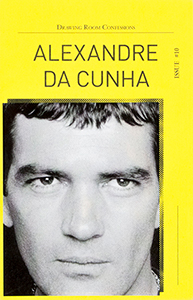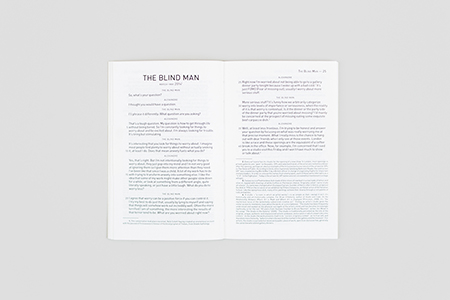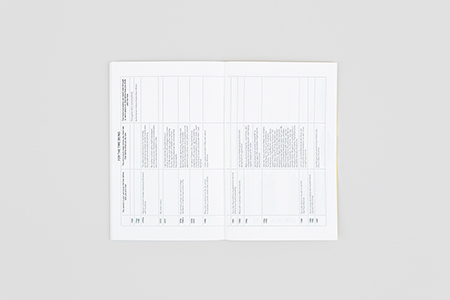Alexandre da Cunha plays the Drawing Room Confessions.
(...) I love it when people ask, “What kind of art do you make?” and I answer, “Sculpture”. The first thing everyone thinks is that sculpture is associated with someone who sculpts. There is the idea of a classic sculptor, someone who transforms materials. I transform almost nothing, but there is always the intention to transform. I basically bring existing things together and make people look at them in another way. Maybe through association, as you mentioned, or maybe by giving them a character, a personality, as if they really were characters, individuals, almost like people. I think my work is almost always figurative, and this is the greatest transformation. At least this is the biggest aspiration I have for a work: trying to transform an ordinary glass that everyone uses into a glass that becomes a character (...)
Drawing Room Confessions is a printed journal named after a parlour game played by Marcel Proust, the
Surrealists and others.
It is made of words and exchanges, with no images. Six different sections (
The Egoist, The Blind Man, Two to Tango, Ekphrasis, Time Line and
La Madeleine) comprise the Rules of the Game, which are the same in each issue. What changes are the players, or interviewers, who open each round of conversation with the featured artist and who come from a wide range of fields.
Alexandre da Cunha (born 1969 in Rio de Janeiro, lives and works in London) is not the typical maker, despite the fact he operates within a sculptural field of overtly modernist tendencies. The artist intervenes into the everyday, displacing specific objects and entering them into an exhibitory realm, reorienting them as artworks. The nature of this appropriative act creates a space in which objects oscillate between strange tensions, bringing the paradoxes of contemporary art into plain sight. In da Cunha's exploratory practice, a traditional method of figurative sculpture making is confused with found objects. His inventions emerge from a cross reading of Brazil's neo-concrete movement and the contradictions of modernist architectural cities like Rio de Janeiro. The precariousness of urban design, which is rooted in the necessity of re-purposing found materials, is met by the minimal aesthetics of ubiquitous mass-produced objects.



